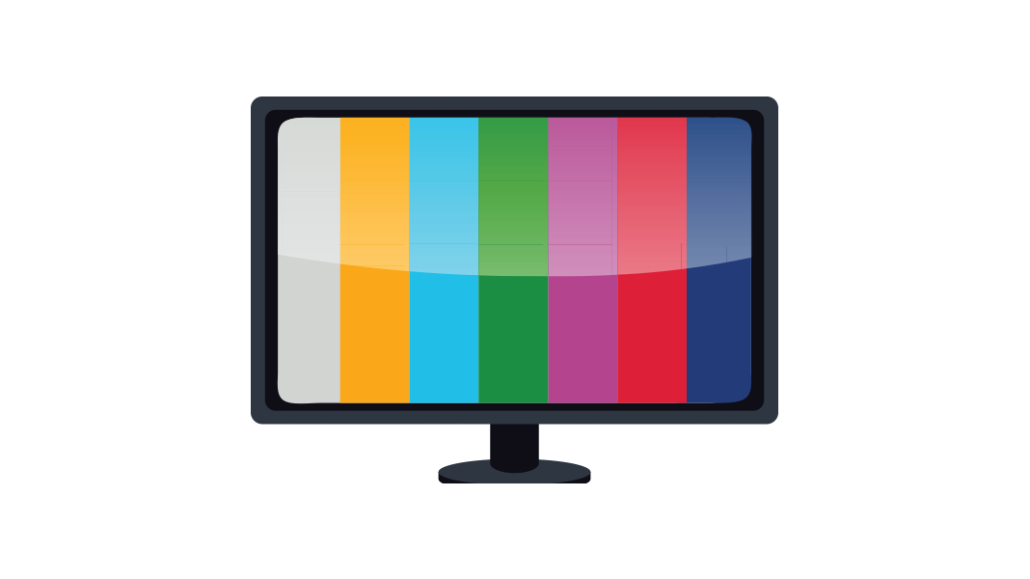Save 50% on a 3-month Digiday+ membership. Ends Dec 5.

By Jamie Power, COO of addressable and head of analytics, Cadent
The concept of addressable TV is easy to understand: identify the right households, send messages only those high-value audiences and have the ability to measure the impact of every campaign against a brand’s KPIs.
Set-top-box addressable television, via cable and satellite providers, rolled out over 10 years ago, hitting real scale — 70 million households, in the last couple of years. As traditional TV audiences continue to fragment, OTT addressable applications give marketers the ability to target high-value audiences across all screens.
The misconceptions around addressable TV are surprising. It doesn’t help that, as an industry, the language we use doesn’t serve the goal of clearing up what can or cannot be done with the medium. I recently sat down with my five-year-old son and explained what I do for a living. After a 15-minute conversation he said, “So Mommy, you send commercials to me for things that I like, like M&Ms and apple juice because I like them.” I’ve been working in the advanced television space for more than seven years, and it really is that simple. I explained addressable TV in simple English instead of speaking in acronyms.
The marketplace cannot truly scale until we all start to speak the same language and come together to create universal standards.
Agencies want to enter the world of data-driven television, but it’s still difficult to activate an addressable campaign in a unified way. There isn’t an abundance of tools available to agencies to allow them to reach audiences in granular ways through TV, and understanding how to reach these potential customers at scale, without duplicating ads, is tricky.
Post campaign, it is challenging to surface campaign attribution in a meaningful, uniform way. If the targeting, test design and metrics are not consistent across screens and suppliers, the data is not useful. Analytics groups/data scientists’ time is eaten up by how manual addressable advertising campaign reporting is today, taking in raw data, formatted in various ways, from multiple suppliers and/or viewing environments before they actually can analyze it.
Ad position: web_incontent_pos1
In order to move addressable TV from a buzzword to an industry staple, a simpler execution is necessary.
Here are three addressable TV realities brands and agencies need to understand:
We live in a multiscreen world.
Around 25 years ago, TV didn’t have much competition. The internet existed, but smartphones didn’t and neither did tablets. These days, consumers have many tools with which to consume premium television content, and to get an accurate picture of viewing habits you have to take all of those into account.
Nielsen recently found that nearly half of TV viewers always, or very often, were using a digital device while they watched TV. They used devices to look up information related to the content they were watching, “using digital platforms in tandem with TV and audio to augment their overall experience.” Using a second device is a part of how people watch premium, engaging content today, making it more important than ever to focus on the entire picture of who the consumer is versus what content they’re watching.
Cross-channel attribution is the future.
It’s difficult to use a thoughtful approach across all screens today, but it’s possible to activate on data across screens fairly easily from both an addressable and indexing standpoint. Starting with an understanding of television is key. With full transparency into how TV compares to digital performance, agencies can recognize when they should allocate more to digital or more to their addressable spend.
Ad position: web_incontent_pos2
Automation is possible and it’s changing everything.
Agencies want to focus on gleaning insights from their campaigns to have the ability to optimize their efforts. Simply knowing a campaign worked is not enough. It’s important to go beyond results and provide recommendations to optimize future addressable campaigns, linear television media effectiveness, the value of an impression by viewing environment and/or targeting audience allocation. Automation makes execution easier for both targeting and attribution, and it creates the ability to cleanly target a uniform audience and measure campaign impact.
One objection to addressable TV from agencies is that they have tried doing it manually at scale and found it to be too complicated. That’s a valid criticism. Historically, executing an addressable campaign manually has been extremely complex and very arduous.
Putting addressable TV campaigns together has only been accessible to those who put in the time to understand its nuances and were willing to take the time to manage the manual processes. Technology is starting to change that, and the partners who solve challenges through unification, automation and data science are the ones who will guide brands and agencies into a new era of TV that’s data-rich and technology-driven.
More from Digiday

Ulta, Best Buy and Adidas dominate AI holiday shopping mentions
The brands that are seeing the biggest boost from this shift in consumer behavior are some of the biggest retailers.

Digiday+ Research Subscription Index 2025: Subscription strategies from Bloomberg, The New York Times, Vox and others
Digiday’s third annual Subscription Index examines and measures publishers’ subscription strategies to identify common approaches and key tactics among Bloomberg, The New York Times, Vox and others.

U.K. retailer Boots leads brand efforts to invest in ad creative’s data layer
For media dollars to make an impact, brands need ad creative that actually hits. More CMOs are investing in pre- and post-flight measurement.
Ad position: web_bfu